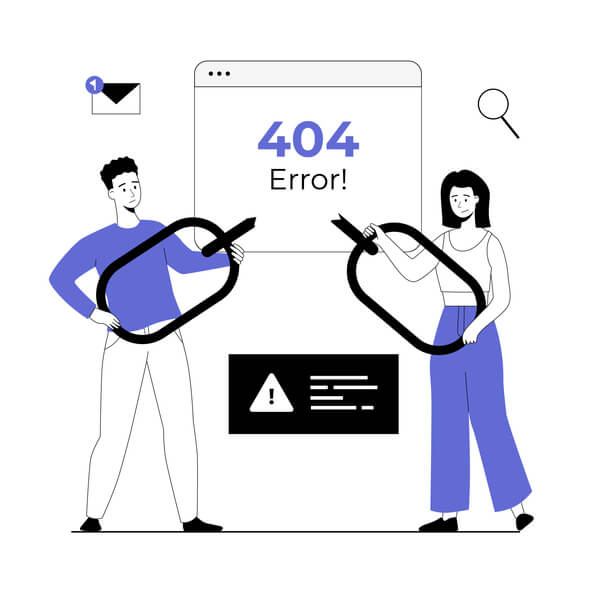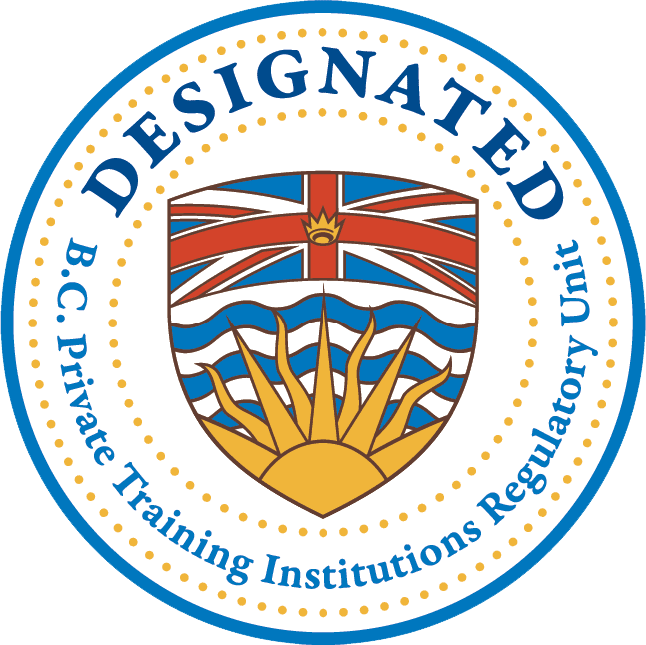Few things are more frustrating for a website visitor than clicking a link and landing on a “404 Page Not Found” message. But for digital marketers, that little 404 error is more than a nuisance, it’s a warning sign that something on the site is broken.
So, what is a 404 error, what causes it, and how do you fix it? Let’s break it down in this complete guide, perfect for aspiring marketers learning to optimize web performance and user experience.
What Is a 404 Error?
A 404 error, also known as an HTTP 404 code, is a standard response code in web communication. It means the page a user wants to reach doesn’t exist on the server.
This usually happens when:
- A webpage has been moved or deleted
- A link was typed incorrectly
- The page never existed to begin with
- A URL was changed, but the link wasn’t updated
Despite how it may look, a 404 error doesn’t mean the user was blocked or denied access. It just means the content couldn’t be found at the URL provided.

Does a 404 Error Mean I Was Blocked?
No, not at all. A 404 error simply means the server couldn’t find the page you were looking for. If you were blocked from a site or denied permission, you’d likely see a different error, such as a 403 Forbidden or 401 Unauthorized. A 404 is a navigation issue, not a security one.
What Is the Cause of a 404 Error?
Some of the most common causes include:
- Broken internal links
- Deleted blog posts or product pages
- Renamed URLs without redirects
- Typos in the link or address
- External websites linking to outdated pages on your site
404s are easy to trigger but, thankfully, just as easy to track and fix. And for digital marketers, knowing how to manage these errors is essential for SEO and user experience.

How Do I Fix a 404 Error?
You can fix a 404 error by redirecting the broken URL to a valid page, correcting the link, or restoring the missing content. Here’s how digital marketers typically fix or manage 404s:
1. Use a Website Audit Tool
Programs like Google Search Console, Screaming Frog, or Ahrefs can show you every 404 error your site is generating.
2. Set Up 301 Redirects
If the page has moved, create a redirect that automatically sends visitors to the new location. This preserves link equity and prevents traffic loss.
3. Correct Broken Links
If the link is internal, update it to point to the correct page. If it’s from another site, you may need to contact the webmaster or set a redirect.
4. Recreate the Page (If Needed)
If a high-traffic page was deleted accidentally or prematurely, consider restoring or rewriting it.
5. Customize Your 404 Page
A well-designed 404 page with links to your homepage or top content can help users stay engaged instead of leaving frustrated.
Why 404s Matter for SEO and User Experience
Search engines like Google don’t love broken links, nor do your users. Too many unresolved 404 errors can hurt your SEO rankings, increase bounce rates, and signal poor website maintenance.
Fixing or properly managing them shows users and search engines that your site is trustworthy, up-to-date, and easy to navigate. That’s why managing the HTTP 404 code is one of the most important digital marketing skills.
Ready to Learn More?
If fixing broken links, improving user experience, and boosting search rankings sounds exciting to you, you’re not alone. These are essential tools in the digital marketer’s toolbox, and they’re all part of what you’ll learn through our digital marketing training.
Are you looking for comprehensive Digital Marketing Training in Vancouver?
Contact Cumberland College for more information
Frequently Asked Questions
Question: How do I fix a 404 error?
Answer: You can fix a 404 error by redirecting the broken URL to a valid page, correcting the link, or restoring the missing content.
Question: What is the cause of a 404 error?
Answer: Some of the most common causes include:
- Broken internal links
- Deleted blog posts or product pages
- Renamed URLs without redirects
- Typos in the link or address
- External websites linking to outdated pages on your site
Question: Does a 404 error mean I was blocked?
Answer: No, not at all. A 404 error simply means the server couldn’t find the page you were looking for.




